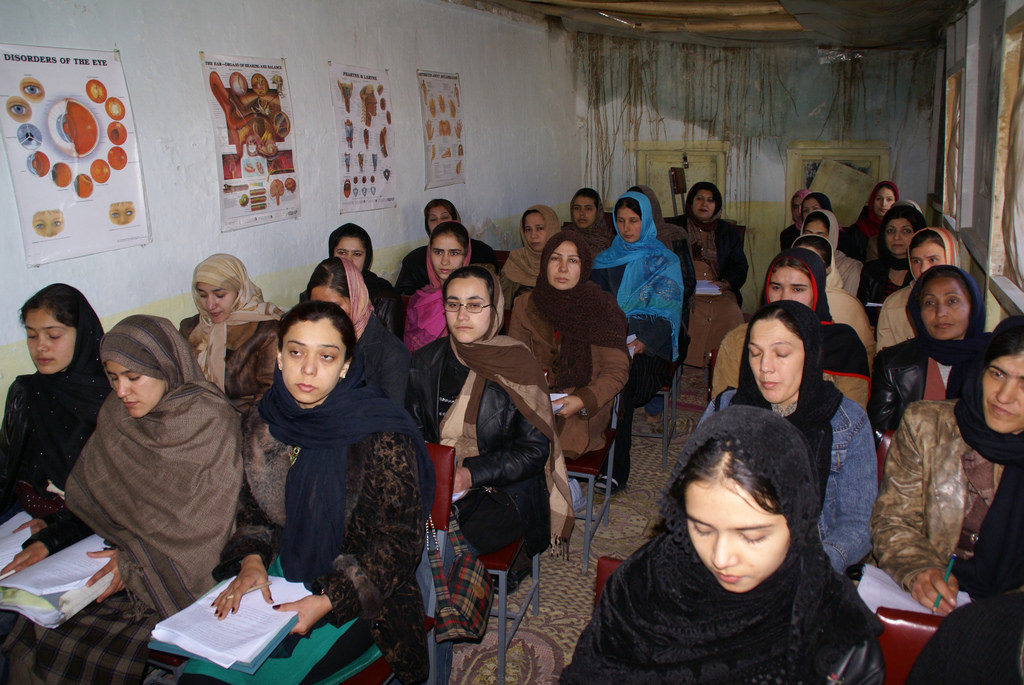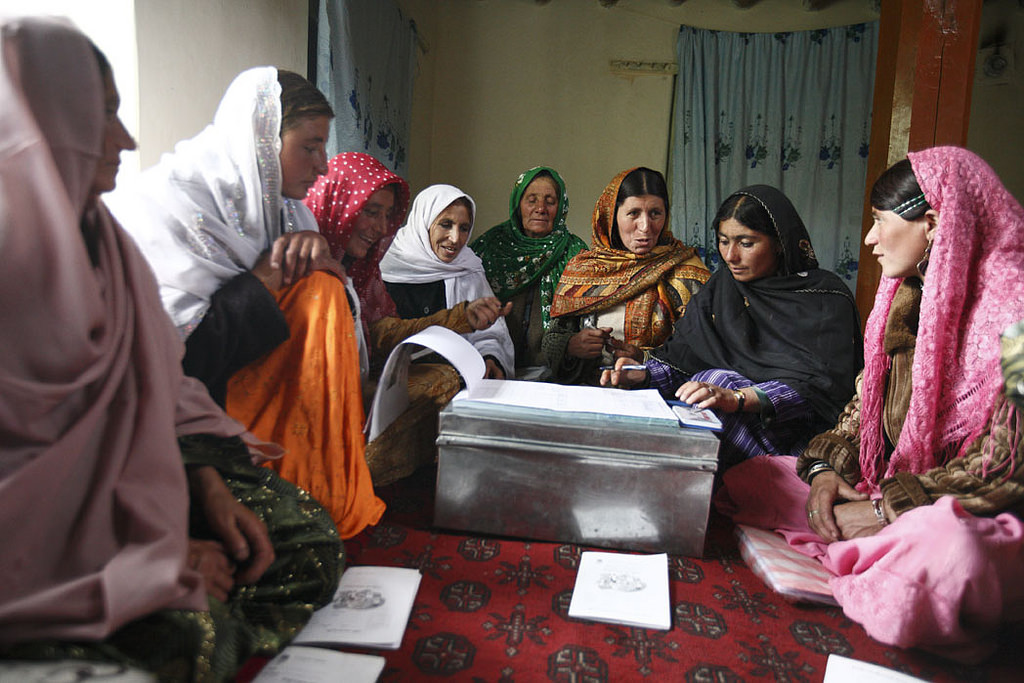Earlier this year, UNESCO’s Enhancement of Literacy in Afghanistan (ELA) program celebrated its milestone 10th birthday. In 2008 UNESCO and Afghanistan’s Ministry of Education launched the large-scale ELA program to address the urgent challenge of improving Afghanistan’s seriously low literacy rates. Today, a decade later, ELA has helped more than 1.2 million Afghans acquire basic literacy and numeracy skills, along with new perspectives on education and new opportunities for a better future. Read on to learn more about this important program.
How did ELA get started?
According to Irina Bokova, the director-general of UNESCO from 2009 to 2017, literacy is the cornerstone for peace and development in the 21st century, underpinning all the essential skills—like knowledge acquisition, interpersonal communication, and social cooperation—that are at the very heart of modern society. But throughout Afghanistan’s decades of war, many Afghans were left out of the damaged formal education system, and mere survival was enough of a challenge for much of the country’s population. As a result, Afghanistan has one of the lowest literacy rates in the world, estimated at just 31 percent of the adult population (15 years of age and older). In addition, there is a sharp divide between literacy rates in urban and rural areas, with literate adults making up less than 2 percent of the population in some of Afghanistan’s most remote provinces.

But with the greater stability that the country began to enjoy in the mid-2000s, literacy has re-emerged as an important national priority, which led to the development of the ELA program in 2008. The largest-scale literacy effort ever seen in Afghanistan, ELA was created with the ambitious aim of improving adult literacy, numeracy, and vocational skills levels in all of Afghanistan’s 34 provinces. Over the past 10 years, ELA has been funded by the governments of Japan, Sweden, Finland, and most recently, South Korea.
How was ELA implemented?
Since 2008, ELA has gone through three different phases of operation, with each phase growing in scale and scope. From 2008 to 2010, ELA I provided literacy courses to more than 250,000 youths and adults in nine different provinces; the central objective of this first phase was to promote literacy education and the acquisition of literacy skills as an important tool for poverty reduction and peacebuilding.
ELA II, which operated from 2010 and 2013, provided literacy courses to more than 325,000 youths and adults in 18 provinces and also offered vocational skills training to select literacy graduates. With this second phase, ELA aimed to provide learners with the opportunity and the tools to become more productive family members and citizens, as well as greater contributors to Afghanistan’s development.
Over the period of ELA’s third phase, which took place from 2014 to early 2018, the program provided literacy education to 630,000 youth and adults in all 34 Afghan provinces and worked more intensively with the Afghan government to build national capacity for implementing and leading literacy initiatives. The third phase of ELA also introduced a Skill-Based Literacy program, which focused on providing selected learners with important vocational skills.
How did UNESCO support ELA?
As a central partner in the ELA program, UNESCO provided support and interventions across a number of different focus areas, including:
Curriculum and materials development—UNESCO provided technical support to the Ministry of Education’s Literacy Department for the development of a comprehensive, harmonized curriculum framework for literacy education. This standardized framework allowed literacy providers all over the country to more easily meet the diverse needs of their learners. In addition, UNESCO supported the Literacy Department in developing a series of general literacy workbooks used for basic adult literacy education.

Image by Direct Relief | Flickr
Monitoring and evaluation—The establishment, monitoring, and assessment of specific program outcomes is an important part of ensuring that ELA is functioning properly and achieving its intended objectives. UNESCO provided technical support to the Literacy Department as it worked to develop a Non-Formal Education Management Information System, which has since helped the department to collect, collate, analyze, and present program data more effectively and accurately.
Advocacy and communication—While providing literacy education is ELA’s main objective, an important part of achieving this goal involves promoting and raising the profile of literacy education among policymakers, opinion leaders, and other key stakeholders. UNESCO has spearheaded a number of important initiatives in literacy advocacy, such as the establishment of the UNESCO Bibigul Literacy Prize, which recognizes government and non-governmental organizations in Afghanistan for their outstanding work in providing adult literacy services.
What’s next for ELA?
After 10 years of successful operation, during which more than 1.2 million Afghans acquired critical basic literacy skills, ELA transitioned earlier this year into the Adult Literacy & Non-Formal Education program. Targeting youth and adults that have been left out of the formal education system, this new program is set to operate until 2022.

